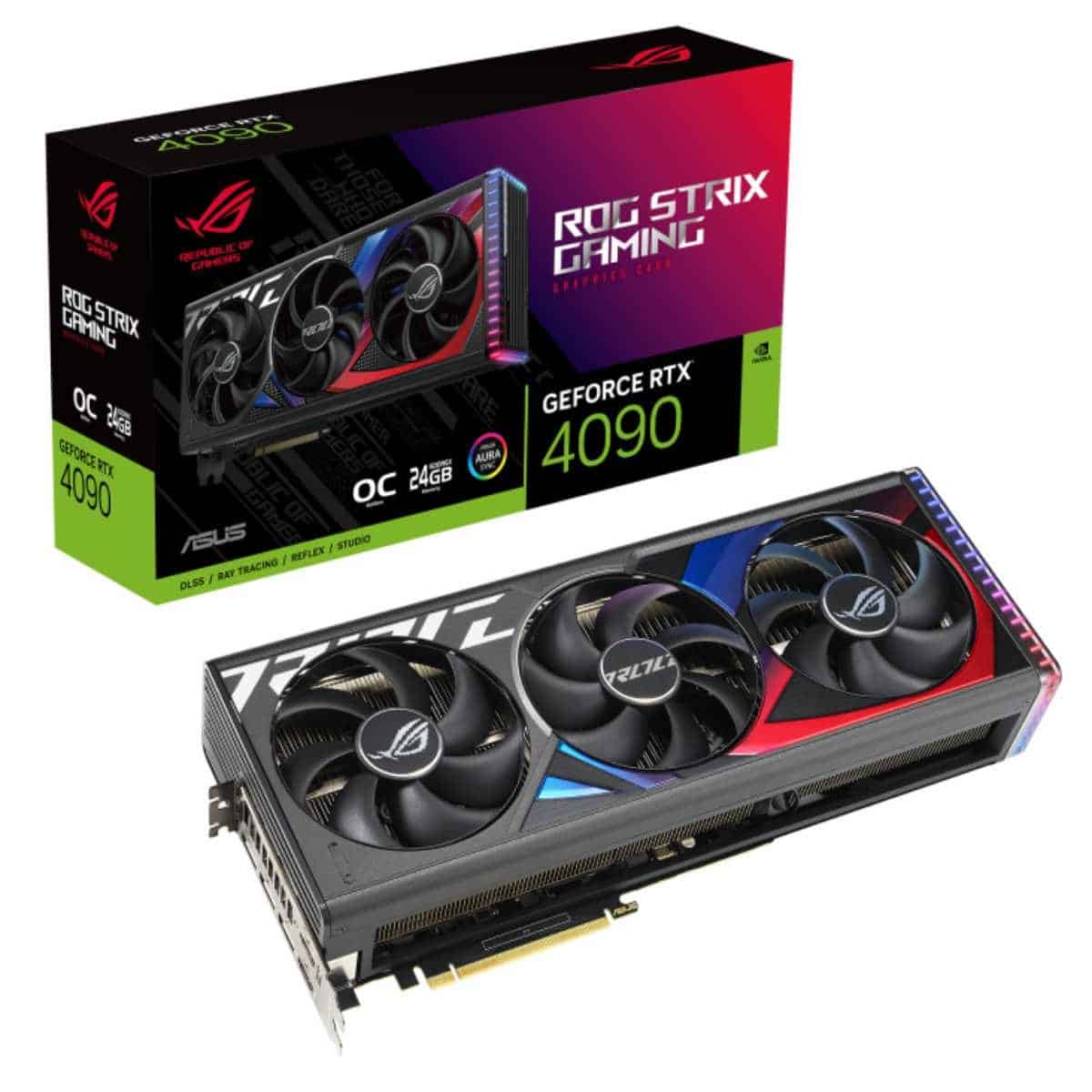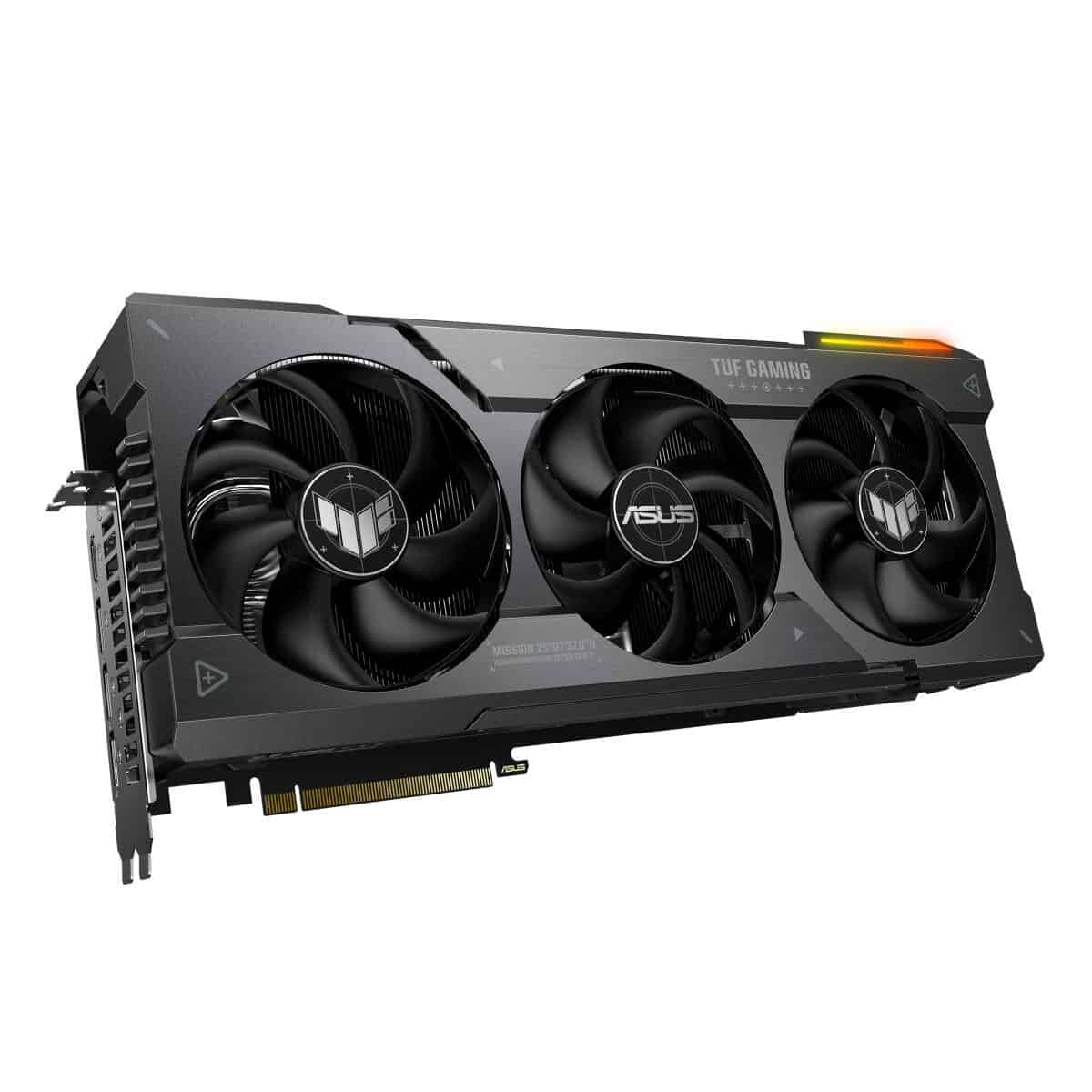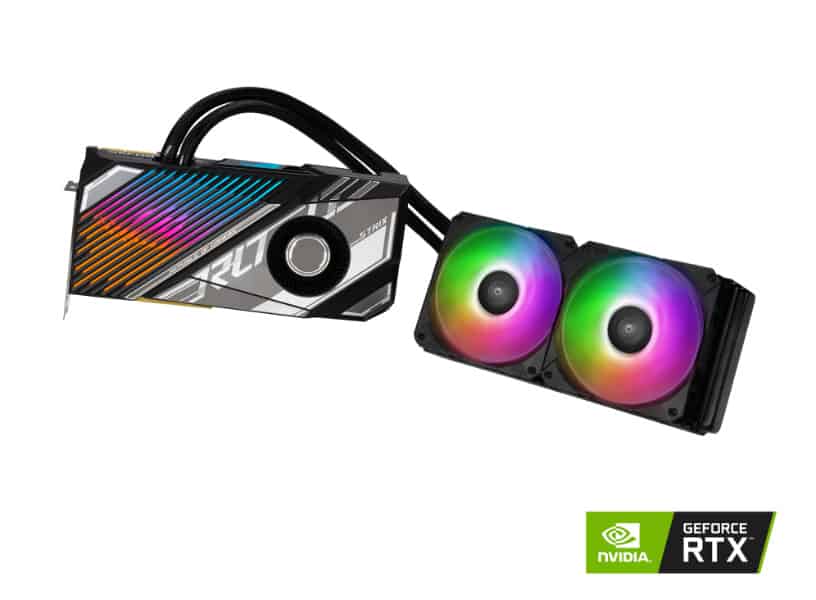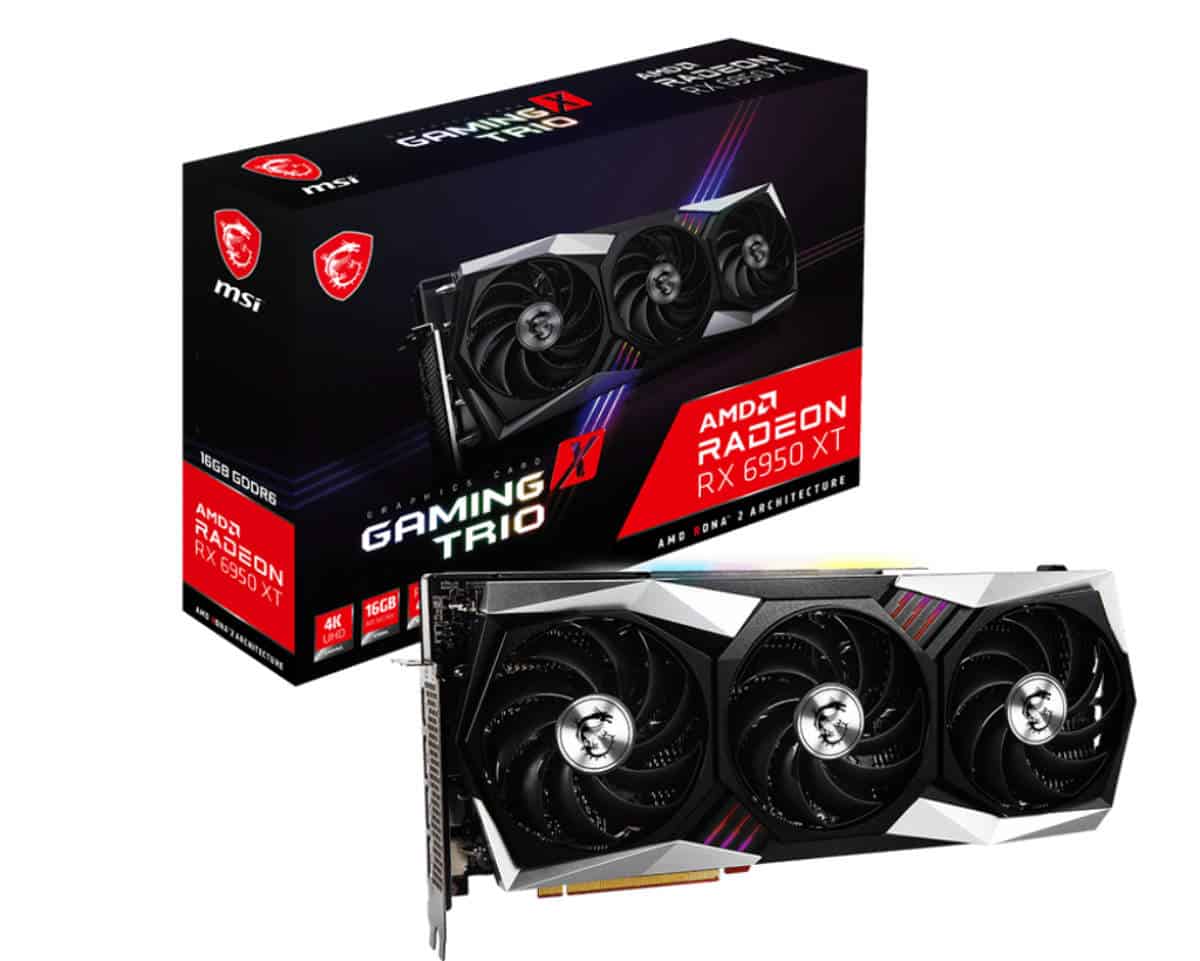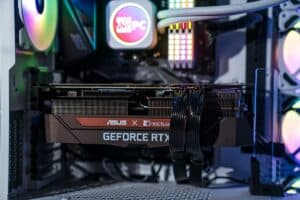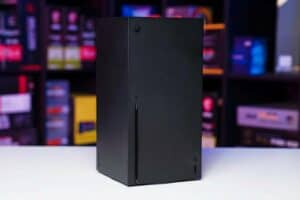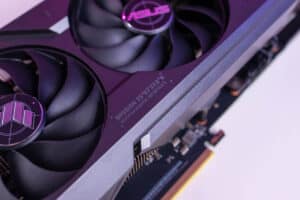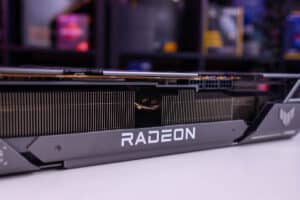What is GPU rasterization?
As you look at graphics cards you may look at what rasterization does

WePC is reader-supported. When you buy through links on our site, we may earn an affiliate commission. Prices subject to change. Learn more
As you look at how a graphics card functions, then you might be looking at how they work. Which means coming across some terms and understanding what they mean like what is GPU rasterization?
GPU rasterization is the process by which a graphics processing unit converts bitmaps into images that can be displayed on computer monitors or other output devices. Rasterization plays an integral role in creating the final image that users see displayed on their screens.
Rasterization is the process by which the GPU takes 3D models or scenes that are represented as collections of points, lines, and polygons and turns them into 2D pixels onscreen. To accomplish this conversion, it goes through several stages of processing, including:
Vertex Processing: The initial step is to take the raw input data of vertices and transform it into their final position in 3D space. This requires a series of mathematical operations that translate, rotate, and scale the vertices back to their correct locations.
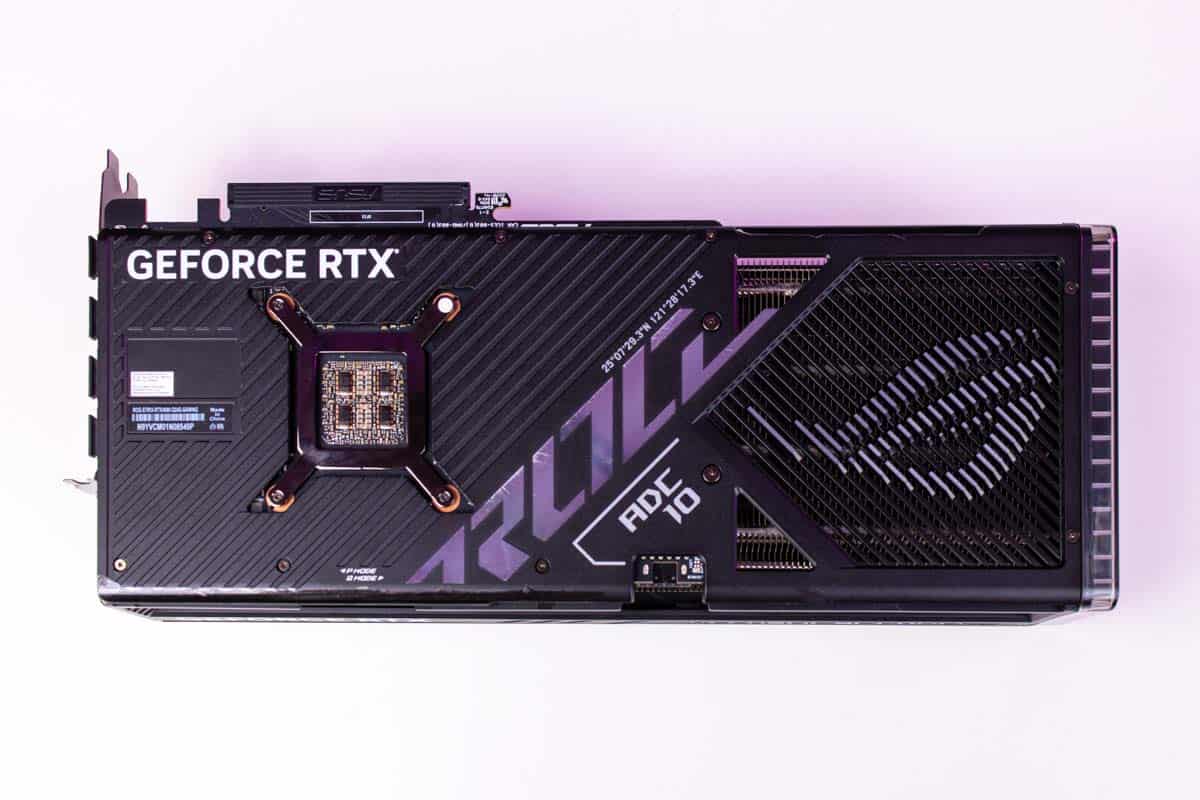
Primitive Assembly: The next step involves grouping the vertices together into primitives, such as triangles or quads. These are the building blocks of a 3D model and serve to produce its final image.
Rasterization: In this step, the GPU determines which pixels on the screen are covered by each primitive. It does so by projecting 3D primitives onto a 2D screen and then calculating which pixels fall within their boundaries.
Fragment Processing: Once pixels covered by primitives have been identified, the GPU calculates their color and other attributes. This involves applying lighting, textures, and effects to each pixel in order to produce a realistic image from scratch.
Output Merger: Finally, we combine each pixel’s colors and other attributes to form an overall image that will be displayed on the screen.
GPU rasterization is a computationally intensive process that requires plenty of processing power to produce high-quality images. Fortunately, it’s highly parallelizable too, meaning it can be optimized to take advantage of the many cores available on modern GPUs.
This enables real-time 3D graphics like those seen in video games and virtual reality applications, which are both realistic and responsive to user input.


